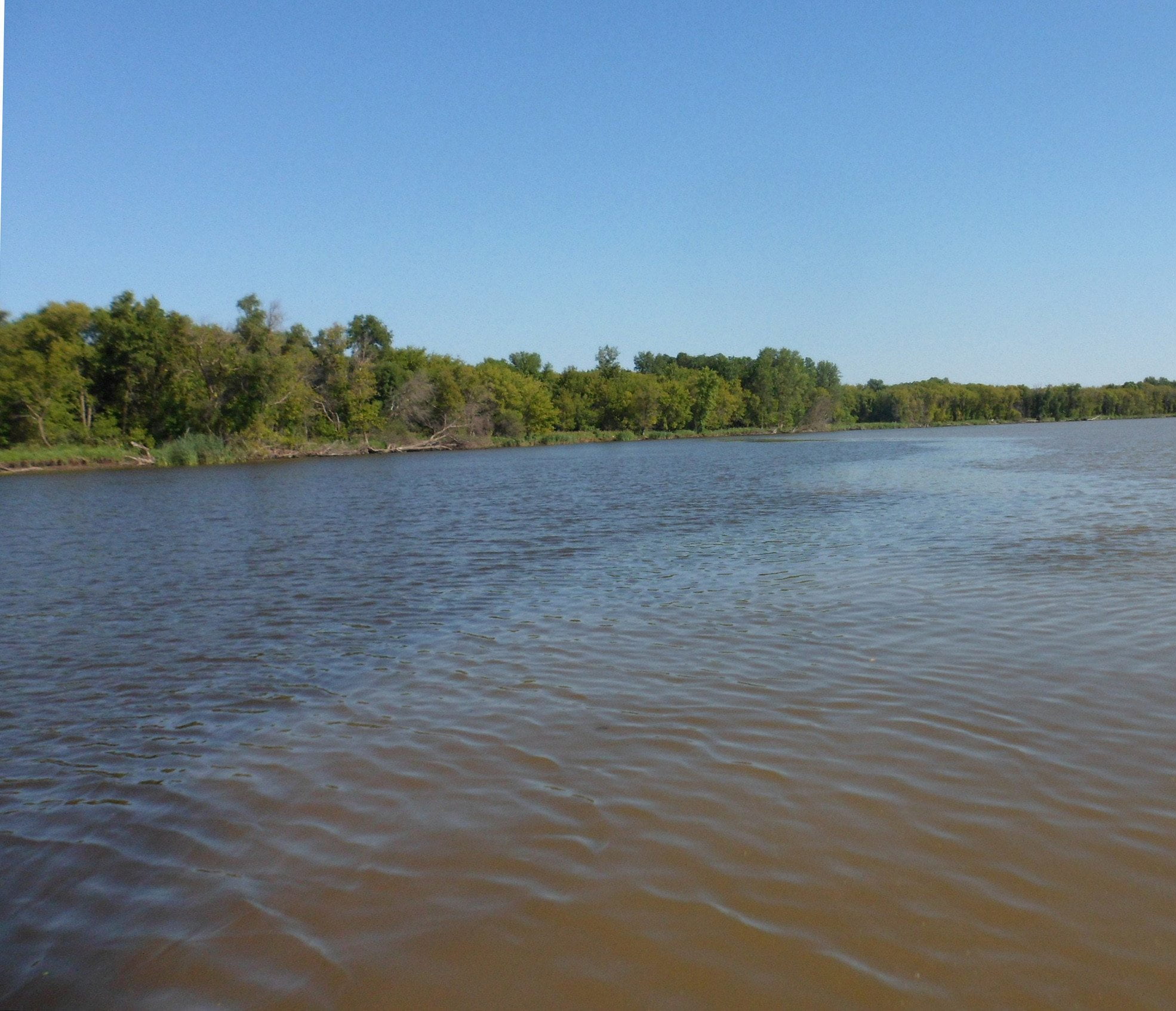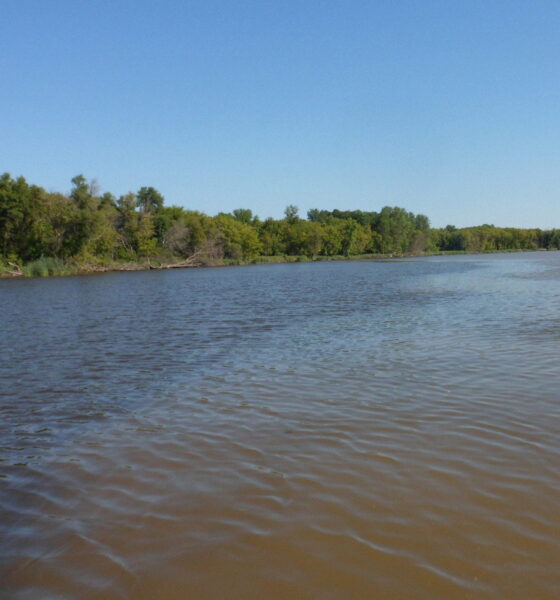

Features
Pelicans, Eagles & Cormorants: The Wonderful Water Birds of Lake Winnipeg
Lake Winnipeg is enormous: By surface area, it’s the eleventh largest freshwater lake in the world, the sixth largest in Canada, and the third largest contained exclusively within Canada. (Lakes Superior and Huron, both larger, straddle the U.S.-Canada border.)
According to the Water Stewardship Division of Manitoba’s provincial government, Lake Winnipeg anchors Canada’s second-largest watershed. Its drainage basin covers four Canadian provinces and two U.S. states, extending from just west of Lake Superior to the apex of the Canadian Rockies. Seven million people live within its confines — nearly a quarter of Canada’s population.
Humans aren’t the only complex organisms to call Lake Winnipeg’s vast hinterland home. The lake’s vast shoreline and countless islands shelter hundreds of thousands of avian nesting pairs.
According to an extensive study from Bio One, more than 113,000 nesting pairs of six “focal species” make their homes at 131 sites around Lake Winnipeg, its two main satellite lakes (Lake Manitoba and Lake Winnipegosis), and the broader Interlake region. Bio One broke down the mix as follows:
- Double-crested cormorant: 38.4%
- Ring-billed gull: 37%
- American white pelican: 11.2%
- Common tern: 7%
- Herring gull: 3.5%
- Caspian tern: 2.8%
Bald eagles are also common around Lake Winnipeg during the summer months. The birds support a burgeoning tourist economy centered on Hecla Island, the centerpiece of Manitoba’s popular Hecla-Grindstone Provincial Park. Among other events, Hecla-Grindstone Provincial Park’s Eagle Fest is a popular draw for avian enthusiasts each October, when the majestic birds of prey take wing for their long winter journey south.
“Our lake bird community is a major draw for bird-watchers and eco-tourists,” says David Janeson, proprietor of Gull Harbour Marina, a small resort at the northeastern tip of Hecla Island.
The Birds of Lake Winnipeg
So, how does a first-time visitor tell the birds of Lake Winnipeg apart? Here’s a cheat sheet:
- Double-crested cormorant: Nearly all black, it’s distinguished by its orange facial coloring and white breeding season crest
- Ring-billed gull: Commonly misidentified as “seagull” — you probably know this one
- American white pelican: This brilliant white bird has a long beak with a signature pouch
- Common tern: This migratory specimen is varying shades of gray, with a distinctive black cap
- Herring gull: This pigeon-like bird is grayish-white with a yellow beak
- Caspian tern: Similar in color to the common tern, this bird’s orange beak is more pronounced
Conservation Priorities and Ecological Threats
Though the majority of its shoreline is shielded by dense boreal forest, Lake Winnipeg is among Canada’s most impaired large bodies of water. In 2013, Germany’s Global Nature Fund named it “Threatened Lake of the Year” — a distinction no marine community welcomes.
The most visible threat comes from abnormal nutrient loads attributable to agricultural runoff from Lake Winnipeg’s vast watershed. The Red River, which originates in the northern United States and flows hundreds of miles north into the lake, drains a fertilizer-soaked agricultural hinterland. During the summer, harmful algae blooms proliferate throughout Lake Winnipeg’s shallow southern lobe, imperiling native flora and fauna — and disrupting the food chain upon which water birds rely.
Climate change is a more insidious threat. Shorter, warmer winters and longer, hotter summers disrupt the natural rhythms of life on the lakeshore, exacerbating the loss of wetlands upon which birds rely and upending migration cycles.
Unfortunately, climate change is beyond the powers of a single provincial government to reverse. It requires an all-hands-on-deck approach from stakeholders across the world.


 Features10 months ago
Features10 months agoWhat is the Eco-Friendliest Option to Wash Your Dishes?

 Environment12 months ago
Environment12 months agoBuilding a Career in Green Construction: Tips and Insights

 News11 months ago
News11 months ago5 Ways Fleet Maintenance Software Can Help Businesses Be More Eco-Friendly

 Features10 months ago
Features10 months agoAddressing Pressing Ethical Concerns with Crypto Exchanges

















